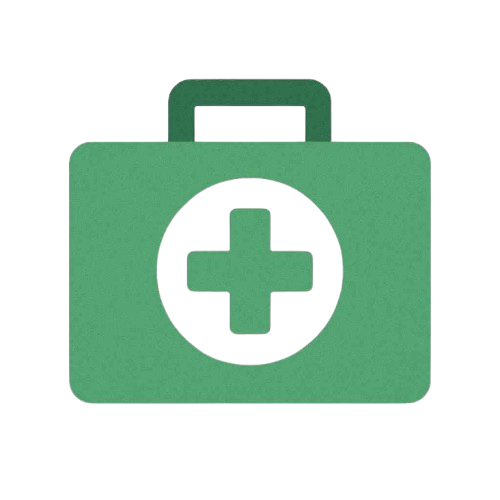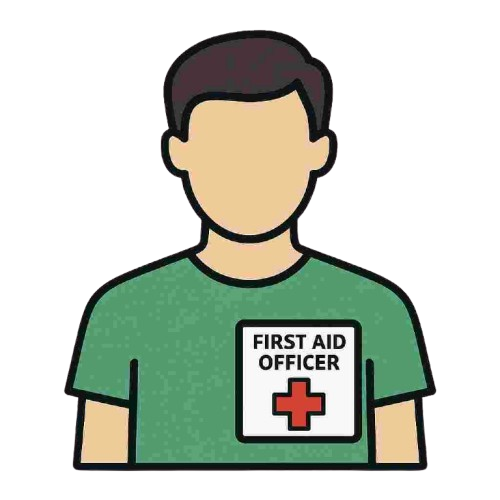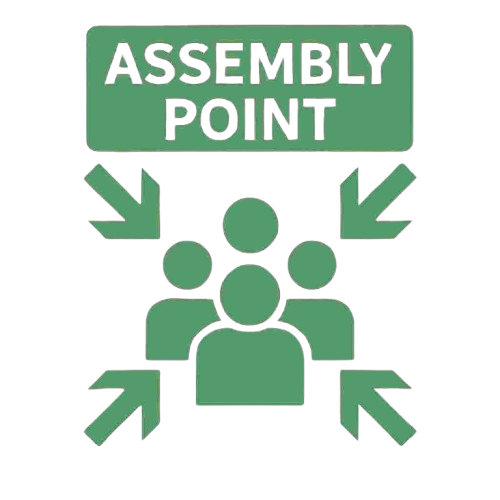SAFE WORK METHOD STATEMENT (SWMS) -
Select SWMS(s) & Click GENERATE SWMS Below
RISK MATRIX
| Step 1: Assess Probability | |||||
|---|---|---|---|---|---|
| Criteria | Item | ||||
| Certain | Expected in all cases. | The outcome is a typical occurrence. | |||
| Probable | Will likely happen under normal conditions. | The outcome has been observed before. | |||
| Occasional | Could happen under specific conditions. | The outcome is possible; I've encountered it before. | |||
| Remote | Unlikely but possible under rare circumstances. | The outcome is possible, though I haven't come across it before. | |||
| Highly Unlikely | Extremely rare. | The outcome is highly unlikely. | |||
| Step 2: Assess Severity | |||||
|---|---|---|---|---|---|
| Effect Level | Instance at Each Level | ||||
| Negligible | No impact or a trivial inconvenience. | ||||
| Minimal | Minor injury requiring basic first aid, no operational delays. | ||||
| Moderate | Injury requiring medical attention, moderate work disruption. | ||||
| Severe | Major injury or long-term health effect, significant business impact. | ||||
| Critical | Life-threatening, fatality, or extreme legal/regulatory consequences | ||||
| Step 3: Determine Risk Score | |||||
|---|---|---|---|---|---|
| Probability \ Severity | Negligible | Minimal | Moderate | Severe | Critical |
| Certain | 2M | 2M | 3H | 4E | 4E |
| Probable | 2M | 2M | 3H | 4E | 4E |
| Occasional | 1L | 2M | 2M | 3H | 4E |
| Remote | 1L | 1L | 2M | 3H | 4E |
| Highly Unlikely | 1L | 1L | 2M | 2M | 3H |
| Step 4: Risk Handling Guide | |||||
|---|---|---|---|---|---|
| Score | Action Required | ||||
| 4E (Extreme Risk) | STOP IMMEDIATELY - Work must not proceed until risk is significantly reduced. | ||||
| 3H (High Risk) | Act Immediately - Controls must be implemented before proceeding. | ||||
| 2M (Medium Risk) | Proceed with Caution - Ensure adequate control measures are in place. | ||||
| 1L (Low Risk) | Acceptable Risk - Proceed with standard precautions and periodic review. | ||||
Most Effective
HIERARCHY OF CONTROLS
Least Effective
Elimination
Substitution
Isolation
Engineering
Administrative
PPE






